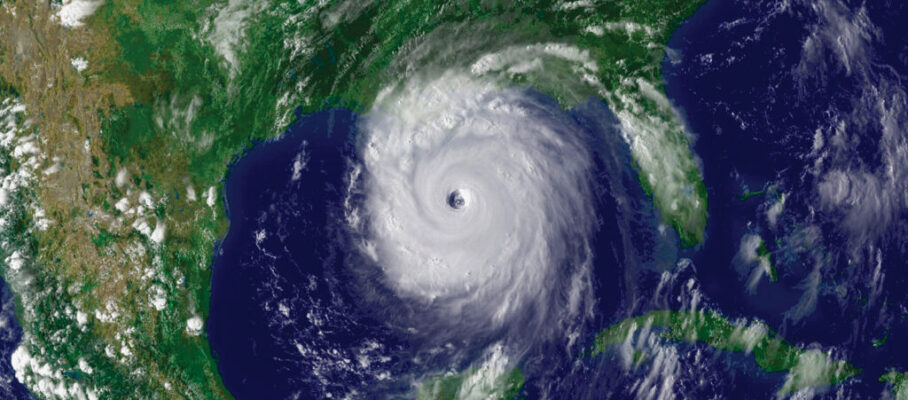Jan 24 2022
Does Amazon Use Lean, Six Sigma, or Lean Six Sigma?
In 2019, Christoph Roser posted six articles on his blog about the inner workings of Amazon Fulfillment Centers, based on visits to locations in the US and Germany. His blog is called AllAboutLean but the word “Lean” appears nowhere in his articles about Amazon. “Six Sigma” does not appear either, and Christoph does not mention meeting any black belt.
In addition, in Working Backwards: Insights, Stories, and Secrets from Inside Amazon (2021), Amazon alumni Colin Bryar and Bill Carr make no reference to Lean, and all they report about Six Sigma is using DMAIC to define metrics.
Yet you find some published descriptions of Amazon as a showcase for Lean, Six Sigma, or Lean Six Sigma but, if you consider them without confirmation bias, the evidence is underwhelming. The keywords appear, along with a few more, like “Operational Excellence” or “Scrum.”
Based on the small amount of published data, the leaders of Amazon, starting with Jeff Bezos, “learned a bunch of techniques, like Six Sigma and lean manufacturing and other incredibly useful approaches.”
In other words, they learned everything they could get their hands on while staking out uncharted territory. Then they developed their own system. Now they are sharing with outsiders a few homilies but no details, as is their privilege. Their system is to retail as Toyota’s is to manufacturing. It’s not reducible to Lean, Six Sigma, or Lean Six Sigma.





Feb 11 2022
Scientific Thinking and Manufacturing Improvement
“Scientific thinking” appears more and more in discussions of Lean, Kaizen, or TPS. What is it? Well, it’s the way scientists think. In reality, however, talk to actual scientists about PDCA, DMAIC, the 8D, A3 thinking, Why-Why analysis, TRIZ, or even statistical design of experiments, and their eyes glaze over. Most will have no idea what these methods are. This is true for physicists, chemists, biologists, or even economists. If you elaborate, they will dismiss these tools as trivial or devoid of any connection with their work.
Improving how things are made does make the world a better place but it’s not science. By growing a body of knowledge that is our greatest asset as a species, scientists make another contribution, that we should recognize as different.
Contents
Share this:
Like this:
By Michel Baudin • Laws of nature 1 • Tags: Engineering, Management, Manufacturing, Scientific Thinking, Technology